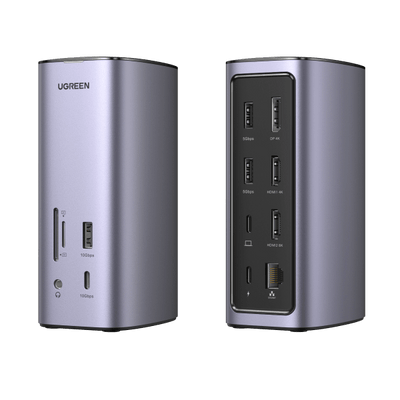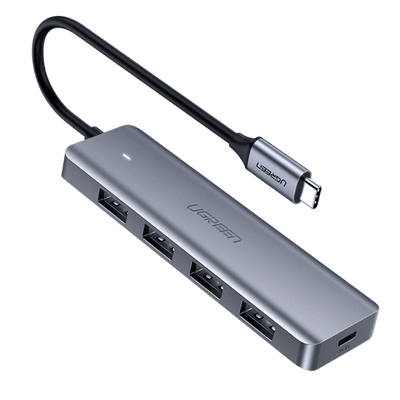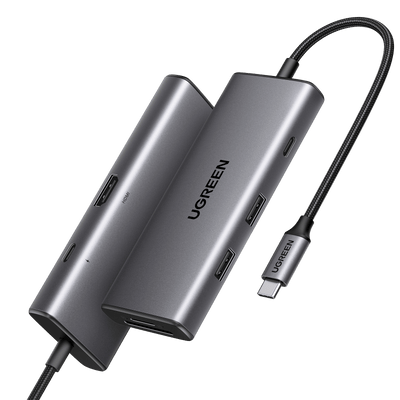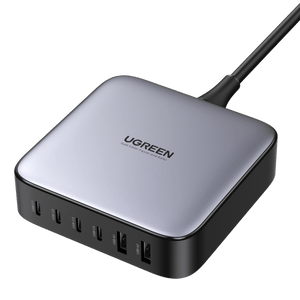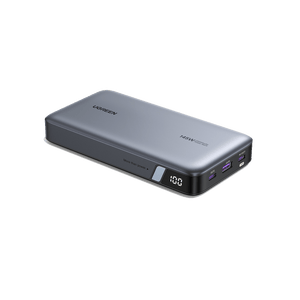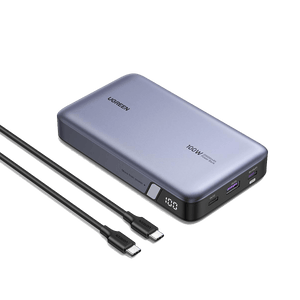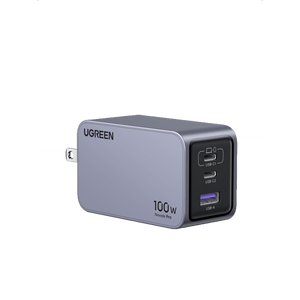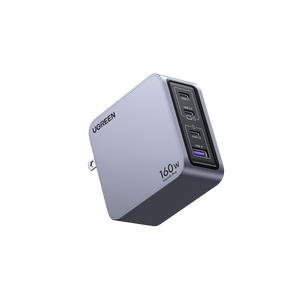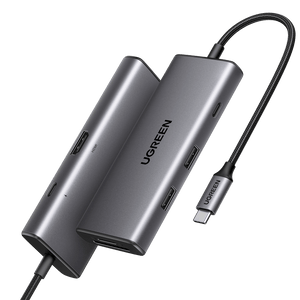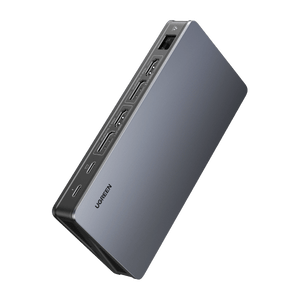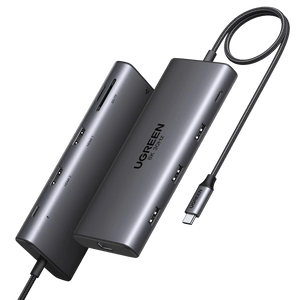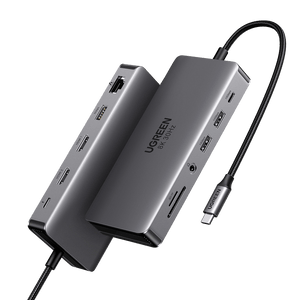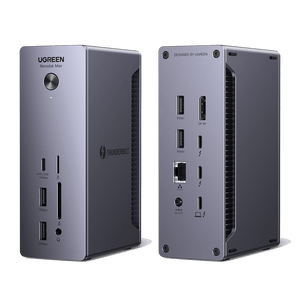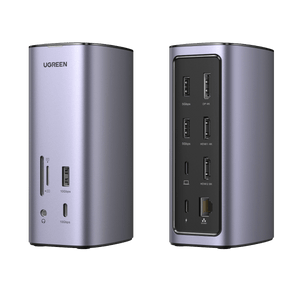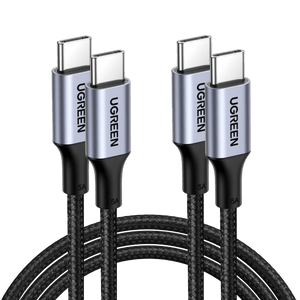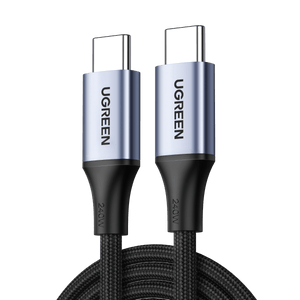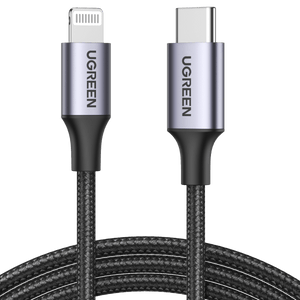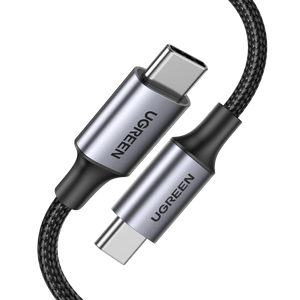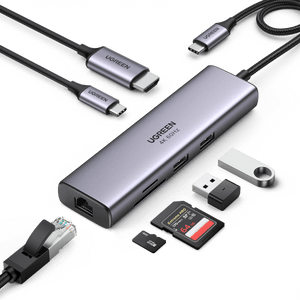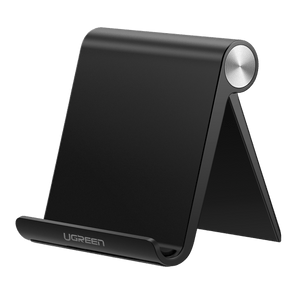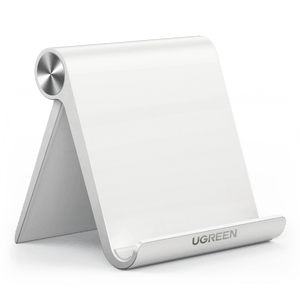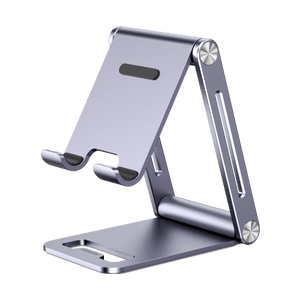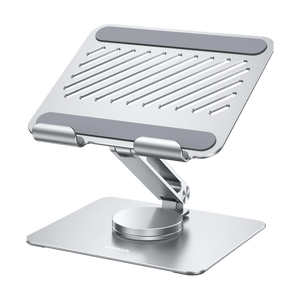USB 4.0 vs 3.0: Speed, Power, and Connectivity Compared
Picture this: you’re rushing to transfer a 50GB 4K video project to your external drive before a crucial client meeting. With USB 3.0, you’d be watching that progress bar for nearly 15 minutes. Switch to USB4, and you’ll be out the door in under two minutes. That’s the revolutionary leap in technology we’re exploring today.
Let’s go through everything you need to know about USB 3.0 and 4. No confusing jargon – just clear, practical insights to help you make informed decisions about your connectivity needs.

Key Milestones in USB Development
- 1996: USB 1.0 debuts, introducing standardized peripheral connections at 12 Mbps
- 2000: USB 2.0 arrives, bringing “Hi-Speed” 480 Mbps transfers
- 2008: USB 3.0 revolutionizes data transfer with “SuperSpeed” 5 Gbps
- 2013: USB 3.1 doubles the speed to 10 Gbps
- 2017: USB 3.2 pushes boundaries to 20 Gbps
- 2019: USB4 emerges, delivering an astounding 40 Gbps
This progression showcases not just increasing speeds, but a fundamental shift in how we connect and power our devices. Our previous “Guide to the Types of USB Cables” has more detailed information on the basics, here we will focus on comparing the differences between USB 3.0 vs USB4.
What is USB 3.0 and USB4
Released in November 2008, USB 3.0 marked a pivotal moment in connectivity history. By implementing dual-bus architecture, it maintained backward compatibility while delivering unprecedented data transfer capabilities. The introduction of 5 Gbps transfer speeds – ten times faster than its predecessor – transformed how we handle large file transfers and high-bandwidth applications.

USB4, introduced in 2019, is more than just a speed upgrade. It integrates Thunderbolt technology to enable transfer speeds of 40 Gbps, fundamentally changing the way data travels through devices. This integration brings previously high-end features to mainstream users, enabling the gentrification of high-performance connectivity.
USB 3.0 vs USB4: Unraveling the Key Distinctions
Data Transfer Speeds
- USB 3.0: Introduced in November 2008, USB 3.0 offers a maximum data transfer rate of 5 Gbps, with typical performance around 3 Gbps. It was designed to improve upon USB 2.0 by doubling the number of data lines and allowing for bi-directional data transfer.
- USB 4: Released in August 2019, USB4 significantly enhances data transfer capabilities, supporting speeds of up to 40 Gbps. This is achieved through a two-lane structure that allows for simultaneous data and display protocols, making it ideal for high-bandwidth uses.
Power Delivery
- USB 3.0: Supports power delivery up to 900 mA at 5 V, which allows for faster charging than its predecessors but is limited compared to newer standards.
- USB4: Enhances power delivery capabilities significantly, supporting up to 240 W (5A at 48V) with the Power Delivery 3.1 standard. This allows for charging larger devices and more efficient power management.
Connector Types
- USB 3.0: Compatible with multiple connector types including Type-A, Type-B, and Type-C. The Type-A connectors are typically colored blue to indicate USB 3.0 compatibility.
- USB 4: Primarily utilizes the Type-C connector, which is reversible and supports a more streamlined design for modern devices. It maintains backward compatibility with USB 2.0 and USB 3.x devices using adapters, although performance may be reduced when connecting older devices.
Compatibility and Versatility
- USB 3.0: While it provides good performance for data transfer, it does not natively support video output or alternate modes, limiting its versatility in multimedia applications.
- USB4: Built on the Thunderbolt 3 protocol, USB4 allows for versatile connectivity options, including video output alongside high-speed data transfer and enhanced power delivery capabilities. This makes it particularly suitable for docking stations and connecting external displays.
Choosing the Right USB Hub
The environment where you’ll use your USB hub fundamentally shapes which features matter most. In professional settings, reliability and consistent performance take precedence. Content creators need blazing-fast data throughput for their 4K workflows, while office professionals value stable connections for their daily peripherals. At home, versatility reigns supreme – seamlessly connecting everything from gaming gear to storage devices.

Transfer Speed
- USB 3.0: Delivering 5 Gbps transfer speeds, this widely-adopted standard handles most daily tasks with ease. Perfect for external drives, peripherals, and general connectivity, it maintains compatibility with older USB 2.0 devices while offering substantial performance improvements.
- USB4: A quantum leap forward with 40 Gbps transfer speeds. This powerhouse standard excels with demanding applications like external SSDs, multiple 4K displays, and professional-grade peripherals. Full backward compatibility ensures your existing devices remain useful while opening doors to next-generation connectivity.
Port Quantity Dictates Desktop Tidiness
Modern USB hubs come with a diverse range of port options, spanning from 2 to 16. Although your present requirements may seem limited, it’s crucial to think about future growth. An additional port could spare you from the hassle of making another purchase in the future and also contributes to maintaining a tidy desktop as fewer extra devices and cables will be needed to clutter it.
Power Delivery: A Critical Choice
Your choice between powered and unpowered hubs significantly impacts performance:
- Powered Hubs: These workhorses include their own power supply, perfect for energy-hungry devices like external drives and high-resolution webcams. They ensure stable performance without taxing your computer’s USB ports.
- Unpowered Hubs: Drawing power directly from your computer, these portable solutions excel with low-power devices like keyboards and mice. Their simplicity comes with limitations – high-power devices might strain their capabilities.
Design and Durability
Form factor meets function in modern USB hubs. Mobile professionals benefit from sleek, lightweight designs that slip easily into laptop bags. Stationary setups favor robust construction that withstands constant device swapping and cable management challenges.
UGREEN’s Premium Solutions
UGREEN USB-C 4-Port Hub
Transform a single USB port into a connectivity powerhouse. This sleek aluminum hub delivers USB 3.0 speeds up to 5 Gbps across all ports. Its intelligent power management and premium construction ensure reliable performance for your everyday devices. The space-saving design includes optimized port spacing and a durable braided cable – perfect for decluttering your workspace.
{{UGPRODUCT}}
UGREEN 7-in-1 USB-C Docking Station
Elevate your workstation with this 7-in-1 USB-C Docking Station versatile hub. Featuring USB 3.2 gen 2 ports, 4K HDMI output, SD card readers, and 100W Power Delivery pass-through charging, it’s an all-in-one solution and maintains optimal operating temperatures while providing professional-grade durability. Ideal for creative professionals who demand reliable performance and expanded connectivity.
{{UGPRODUCT}}
UGREEN 12-in-1 Pro Dock
Experience the pinnacle of USB technology. This flagship docking station bandwidth to support dual 4K@60Hz displays, ultra-fast data transfers, and comprehensive device connectivity. With Gigabit Ethernet, professional audio ports, and 100W Power Delivery, it’s the ultimate solution for demanding workstations. The premium build quality and intelligent power management ensure consistent performance under the heaviest workloads.
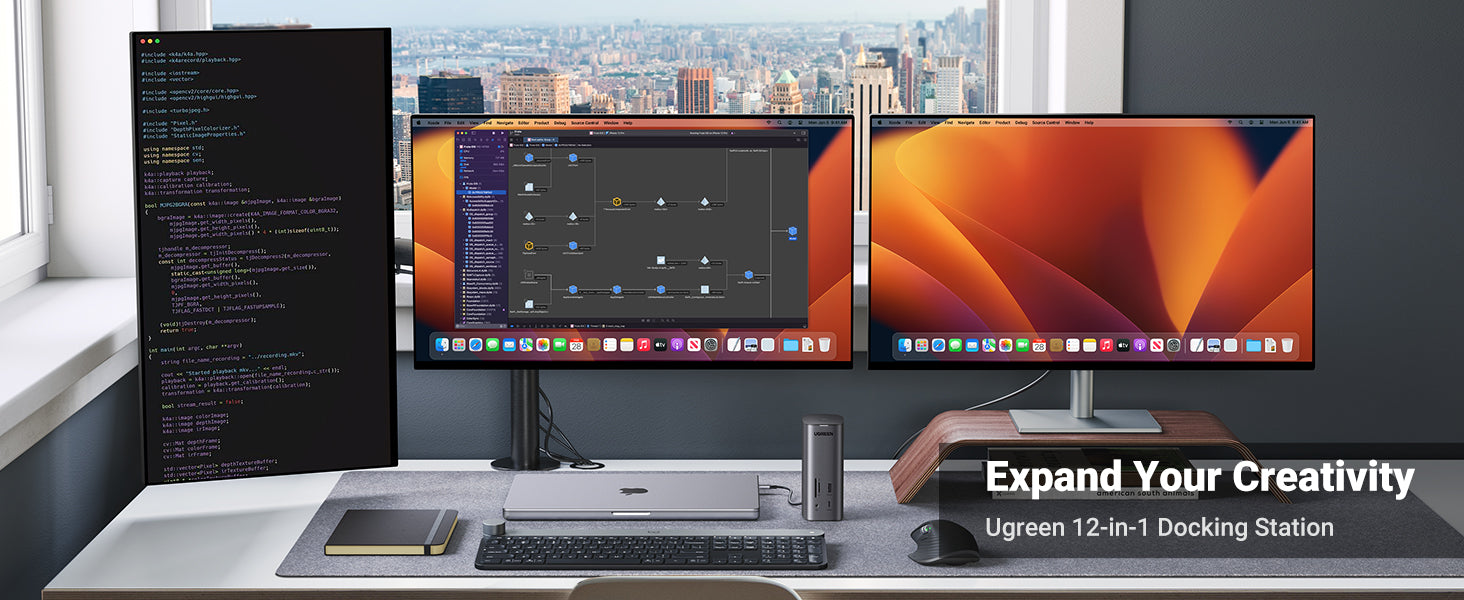
Each UGREEN solution undergoes rigorous testing to ensure seamless compatibility and reliable performance. Whether you’re expanding a laptop’s connectivity or building a professional workstation, these hubs deliver the perfect balance of features, performance, and durability.
Conclusion
As you navigate your choices in USB hubs and devices, it’s essential to assess your specific needs carefully. Consider factors such as the types of devices you plan to connect, the required data transfer speeds, and the power demands of those devices. By selecting the appropriate USB standard and hub type that aligns with your requirements, you can enhance your technological experience significantly.
Frequently Asked Questions About USB Standards
Q1: Will my USB 3.0 devices work with USB4 ports?
Absolutely. USB4 maintains comprehensive backward compatibility with previous USB versions. However, devices will operate at the speed of the slower standard in the connection. For instance, when you plug a USB 3.0 external drive into a USB4 port, the Transfer Speed will max out at USB 3.0’s capabilities (5 Gbps).
Q2: Does using older devices impact the performance of other connected devices?
In most scenarios, USB4’s intelligent bandwidth management ensures that slower devices won’t bottleneck the entire system. The standard can dynamically allocate bandwidth, allowing other high-speed devices to maintain optimal performance even when slower peripherals are connected.
Q3: How can we identify different USB ports on my device?
Modern USB ports feature distinct visual indicators:
- USB 3.0: Usually blue internal coloring with an “SS” symbol
- USB 3.1: Often teal or blue with “SS” and a number “10”
- USB4: Typically features the Thunderbolt symbol and USB Type-C connector
Q4: What do the various USB symbols mean?
Understanding USB symbols helps identify port capabilities:
- SS: SuperSpeed (USB 3.0)
- SS+ or SS10: SuperSpeed+ (USB 3.1/3.2)
- Thunderbolt symbol: Indicates USB4 with Thunderbolt support
- Battery icon: Denotes enhanced power delivery capabilities
Q5: What speeds can we actually expect in day-to-day use?
Real-world transfer speeds typically fall below theoretical maximums:
- USB 3.0: Expect 3-4 Gbps (versus 5 Gbps theoretical)
- USB4: Usually 25-35 Gbps (versus 40 Gbps theoretical)
Q6: Why isn’t my device being recognized?
Common causes and solutions:
- Driver Issues:
- Update or reinstall device drivers
- Check for system updates
- Cable Problems:
- Try different cables
- Verify cable specifications match your needs
- Power Management:
- Disable USB selective suspend in power settings
- Test different USB ports
Q7: what is the difference between USB4.0 and Thunderbolt 4?
USB4.0 is more versatile with lower hardware needs, while Thunderbolt 4 boosts the performance baseline over USB4.0, with stricter standards, testing, and certification. It’s the top interface protocol today, offering a better experience for supported devices.
